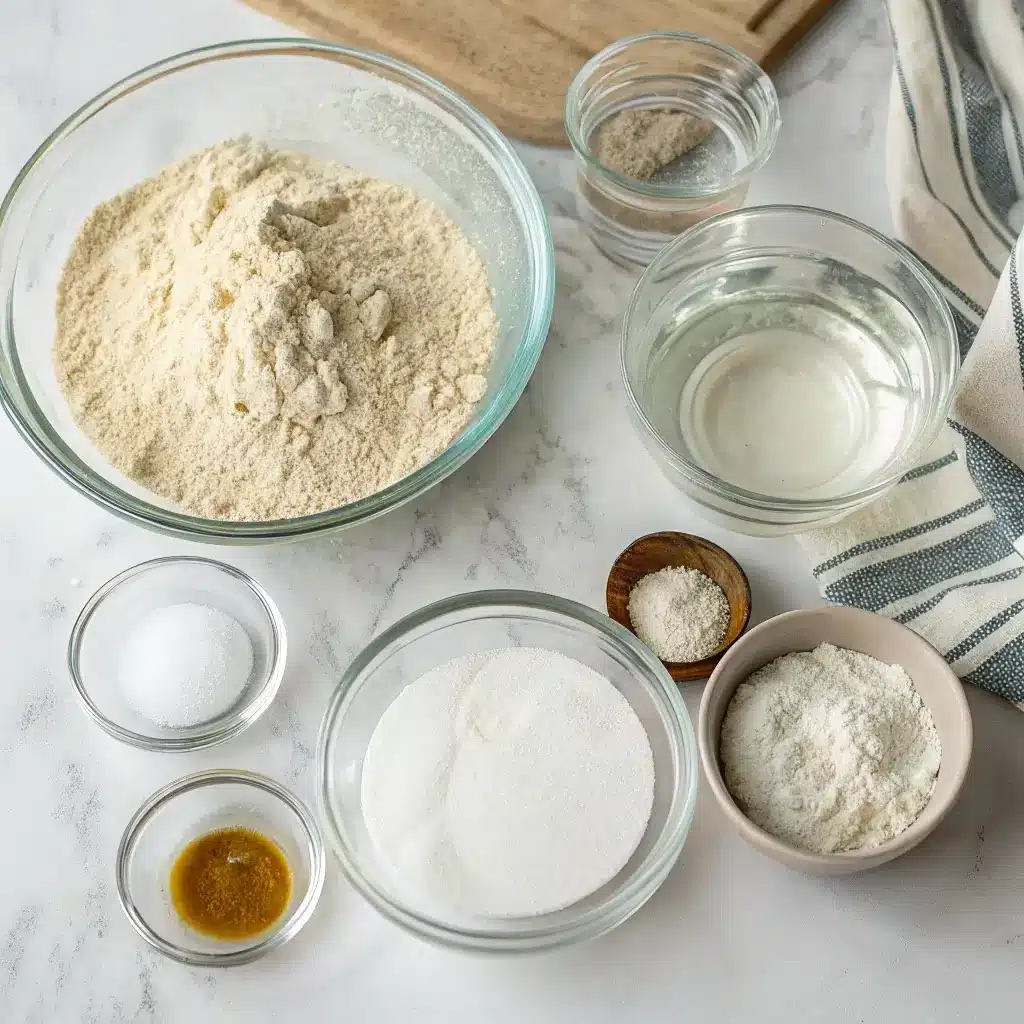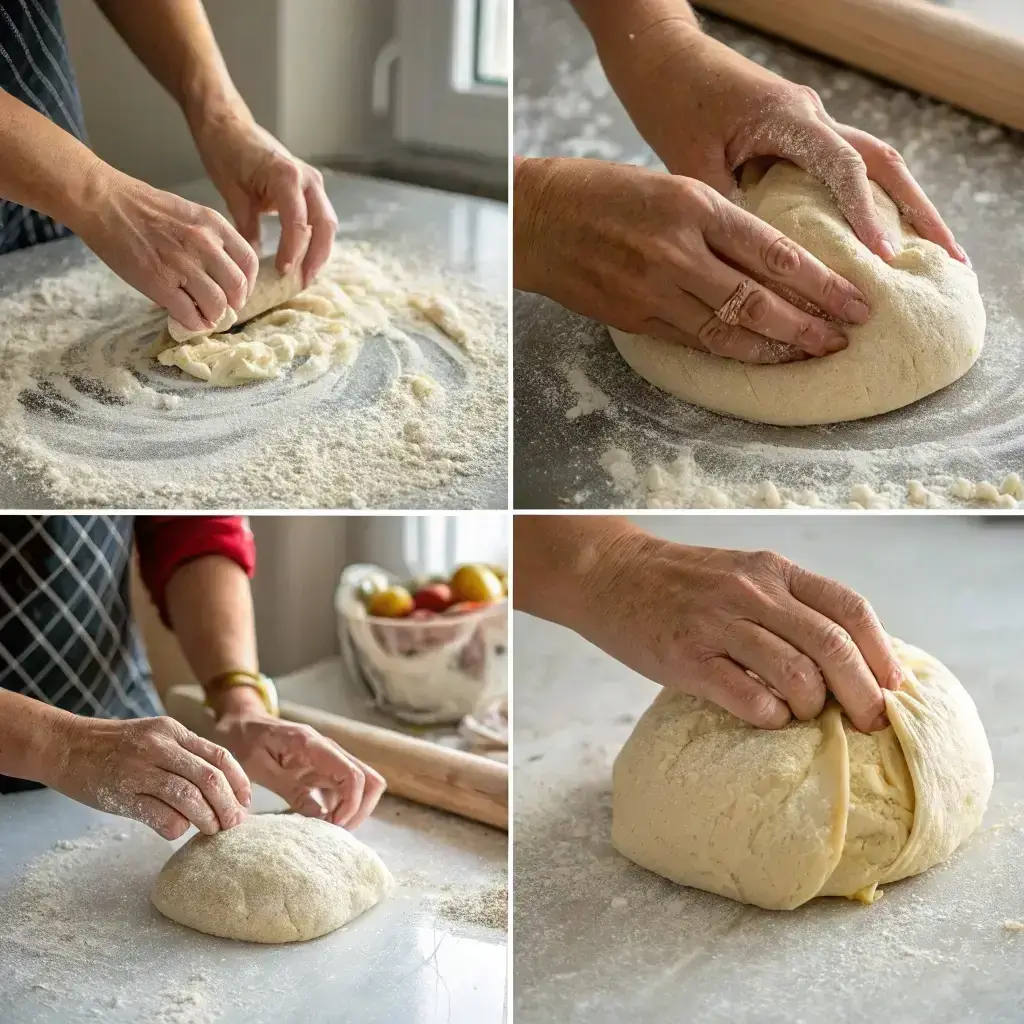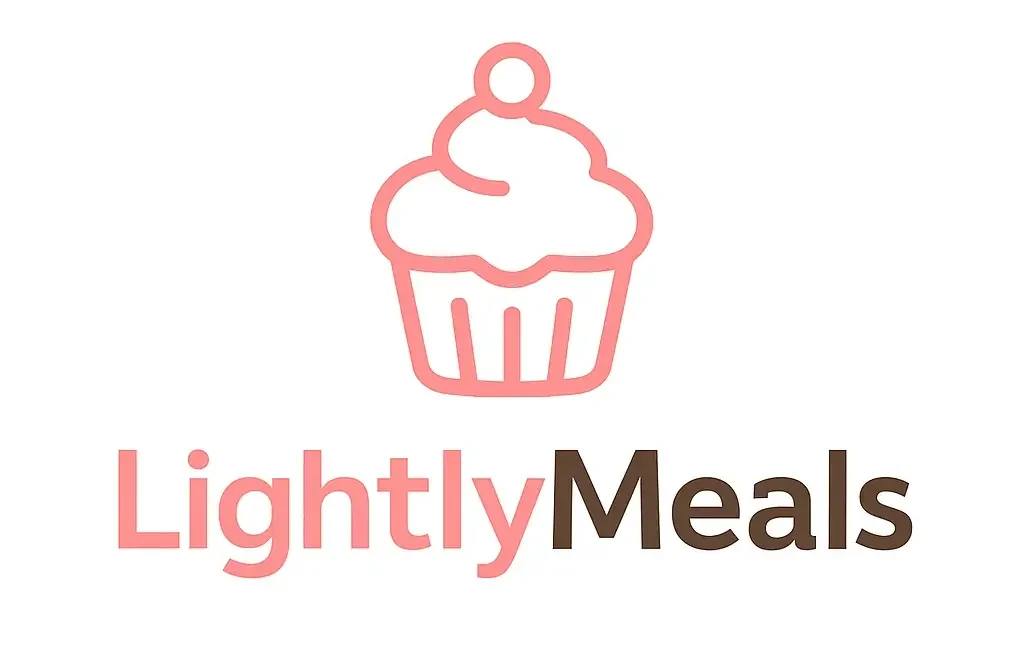There’s something about sourdough that feels both comforting and wholesome. Maybe it’s the slow fermentation or the chewy texture, but it often leaves us asking: just how many calories are in sourdough bread? If you’re watching your intake or simply curious, this guide breaks it all down. From calorie counts to nutrition facts, we’ll explore everything you need to know about calories in sourdough bread—without cutting out flavor or joy. Whether you’re managing macros, tracking food, or just trying to eat smarter, this article gives you the answers you’ve been craving—starting with a closer look at sourdough bread nutrition and what it means for your daily intake.
Table of Contents

Calories in Sourdough Bread—What’s Really Inside
What contributes to calories in sourdough bread
When I first started baking sourdough to satisfy my picky twin boys, I never thought I’d become the kind of person who read nutrition labels for fun. But here we are. And when it comes to understanding calories in sourdough bread, it all begins with the basics: flour, water, salt, and time. There are no hidden sugars or oils in traditional sourdough. The calorie content comes mainly from the flour used, and the fermentation process doesn’t add any calories—it just changes how we digest the bread.
On average, if you’re wondering how many calories in a slice of sourdough bread, the answer ranges between 120 and 160 calories for a 57-gram slice. This number depends on the ingredients and slice thickness. Whole grain versions can be slightly higher due to the density and fiber. Artisanal loaves with thick crusts may push the higher end of the range, while grocery store brands might keep slices closer to 110–120 calories.

If you make your own sourdough, you have even more control over the calorie count. Choosing lighter flours or shaping thinner slices can shave off 20–30 calories per serving without sacrificing flavor. But keep in mind that weight, not just slice count, determines true calorie content.
Detailed calorie comparison by portion size
Here’s a simple breakdown to make smart choices easier:
| Serving Size | Calories |
|---|---|
| 1 Thin Slice (30g) | 80–100 kcal |
| 1 Thick Slice (57g) | 120–160 kcal |
| 2 Slices (Average Sandwich) | 240–320 kcal |
| Whole Loaf (500g) | ~1,200–1,400 kcal |
To stay mindful of your daily intake, balance calories in sourdough bread with protein-rich toppings like eggs, hummus, or Greek yogurt spreads. The bread’s natural tang pairs beautifully with savory or creamy flavors, so you won’t miss extra butter or sugary jams.
For a more complete approach to managing your health, try pairing sourdough with wellness-supportive additions like this pink salt recipe for weight loss or this popular homemade Mounjaro recipe. Both help round out a balanced, lower-calorie meal plan.
Ultimately, being aware of calories in sourdough bread helps you enjoy each bite more intentionally—no guilt, just guidance.
Is Sourdough Lower in Calories Than Other Bread?
How sourdough compares to white, wheat, and multigrain
It’s easy to assume sourdough is lower in calories than other breads just because it’s “old-fashioned” and fermented. But let’s not mistake health benefits for fewer calories. When we compare calories in sourdough bread with standard white, whole wheat, and multigrain slices, the numbers tell an interesting story.
A single slice of store-bought white bread usually contains 80–100 calories. Whole wheat might run 100–110, and multigrain or oat breads can go as high as 140 calories per slice. Now let’s consider sourdough: one slice, depending on the cut and brand, can range from 120 to 160 calories. So in raw numbers, sourdough often has more calories per slice, especially if you’re working with thick bakery-style cuts.
But here’s where the story changes. The fermentation process in sourdough affects how your body responds to it. Sourdough tends to have a lower glycemic index than commercial white or wheat bread. That means it causes less of a spike in blood sugar, which may help curb cravings and reduce overall caloric intake throughout the day. It’s not fewer calories, but it may feel more satisfying—which is just as important.
Digestibility, fermentation, and nutrient value
Sourdough’s true advantage lies in how it supports digestion and nutrient absorption. Fermentation helps break down gluten and phytic acid, making nutrients like zinc, magnesium, and B vitamins more bioavailable. That means your body gets more from each bite.
If you’re sensitive to gluten or trying to ease digestive issues, check out this guide on how to make gluten-free sourdough bread. It’s a simple, homemade way to enjoy all the flavor without the gut discomfort.
For a balanced approach to calories, pair sourdough with nutrient-dense sides. Try it alongside this sugar-free coffee creamer or explore this refreshing matcha green tea boba for a fiber-filled drink that keeps you full.
So while calories in sourdough bread aren’t drastically lower than other breads, the added nutritional benefits and digestive perks make it a smarter choice for long-term wellness.

Calories in Sourdough Bread: Everything You Need to Know
Ingredients
Equipment
Method
- Read this article to understand the full calorie breakdown of sourdough bread, how it compares to other breads, and practical tips for calorie-conscious consumption.
Nutrition
Notes
Tried this recipe?
Let us know how it was!Can Sourdough Bread Help with Weight Loss?
Is sourdough bread okay for a weight loss plan?
Back when I was trying to lose baby weight after having twins, bread felt like the enemy. But over the years, I learned that it’s not about cutting bread—it’s about choosing the right bread. So, where do calories in sourdough bread fit into a weight loss journey?
Let’s start with this: sourdough bread can absolutely be part of a healthy weight loss plan. The key is portion control and smart pairings. One thick slice may run you 120–160 calories, but the benefit is how it fills you up. The fermentation process changes the bread’s structure in a way that makes it easier to digest and slower to absorb, reducing hunger later on.
Another win? Sourdough has fewer preservatives and added sugars compared to commercial loaves, making it a cleaner, whole-food option. Plus, it’s naturally lower in fat and cholesterol-free.

Best ways to enjoy sourdough without overdoing it
Here’s how I make sourdough work during weight loss phases: I stick to one slice, toast it, and load it with fiber and protein. Think avocado with hemp seeds, almond butter with chia, or even an over-easy egg. The protein and fat help balance out the calories in sourdough bread, keeping me fuller, longer.
Another tip? Avoid loading your sourdough with butter or sugary spreads—those can double your calorie count in seconds. Instead, explore savory low-calorie options or nutrient-dense combinations. You can even use it in recipes like open-faced veggie sandwiches or low-cal bruschetta.
To support your weight loss routine, consider pairing your meal with something functional like this bulletproof coffee recipe or a healthy coffee creamer to avoid empty calories.
So yes, calories in sourdough bread matter—but when paired wisely and eaten mindfully, it can support your goals without making you feel deprived. It’s not about eliminating carbs; it’s about embracing the good ones.
For more fun variations and ideas, check out our Facebook and Pinterset sections where creativity meets craving.
Smart Ways to Enjoy Sourdough Without Overloading on Calories
How to reduce calories in sourdough bread meals
You don’t need to quit bread—you just need to rethink how you use it. If you’re watching your daily intake, the key to managing calories in sourdough bread is in the serving size and toppings. Instead of two slices for a sandwich, go open-faced. This instantly cuts the bread calories in half without sacrificing flavor or satisfaction.
Next, consider how you cook or dress your bread. Toasting adds crunch without calories, but slathering on butter or cream cheese? That can easily add 100–200 extra calories per serving. A better route? Try hummus, mashed avocado with lemon juice, or a light spread of cottage cheese. You’ll get fiber, protein, and a much more filling bite.
If you’re baking at home, using lighter flours like spelt or partially substituting rye can trim down calories in sourdough bread while boosting nutrients. Thinner slices also help with calorie control—and they toast up beautifully.
Low-calorie sourdough ideas for daily meals
Here are a few of my go-to ways to enjoy sourdough while keeping calories in check:
- Half-slice avocado toast topped with microgreens and chili flakes
- Toasted sourdough rubbed with garlic and tomatoes (Spanish-style pan con tomate)
- Sourdough crostini with cucumber ribbons and nonfat Greek yogurt dip
Want to try something creative? My family loves using leftover sourdough for healthy croutons or a lightened-up bread pudding with unsweetened almond milk. These ideas help stretch a loaf across multiple meals without adding too many calories at once.
And if you’re exploring how sourdough fits into broader wellness routines, check out this easy blue salt trick recipe or try a glass of pickle lemonade—both refreshing, calorie-friendly add-ons to your day.
Being aware of calories in sourdough bread doesn’t mean limiting joy. It means choosing wisely so every slice works for your goals.
Sourdough Bread Calories Per Slice
For a more complete picture beyond just calories, let’s briefly touch on the nutritional information sourdough bread offers. While sourdough is mostly known for its carb content, it also provides small amounts of protein, minimal fat, and trace minerals like iron and magnesium—especially in whole grain or sprouted versions If you’re counting calories, knowing exactly what’s in a single slice of sourdough can make a big difference. A standard slice of sourdough bread weighs about 57 grams and typically contains between 120 and 160 calories. However, the type of flour used, hydration level, and crust thickness all influence this number. For example, a thin, store-bought slice might be closer to 110 calories, while a hearty, home-baked version could climb past 160. To control calories in sourdough bread without losing satisfaction, opt for thinner cuts or lighter flour blends like spelt or white whole wheat. Even the way you slice or toast your bread can trim 20–30 calories per serving. If you’re baking your own, keep a kitchen scale nearby—it helps ensure accurate portion sizes. This mindful approach lets you enjoy your sourdough without surprise extras sneaking into your daily intake.
FAQs About Calories in Sourdough Bread
How many calories are in 1 slice of sourdough bread?
A standard slice of sourdough bread (about 57g) contains 120 to 160 calories, depending on the flour type and thickness. Thinner, store-bought slices may fall closer to 110–120 calories, while homemade or bakery versions can hit the higher end. Keeping track of serving size is key to managing calories in sourdough bread accurately.
Is sourdough bread ok for weight loss?
Yes, sourdough can be part of a healthy weight loss plan when eaten in moderation. While the calories in sourdough bread are similar to other breads, its fermentation helps improve satiety and digestion. Pairing it with protein or fiber-rich toppings can reduce cravings and support calorie control.
Is sourdough lower calorie than normal bread?
Not necessarily. Calories in sourdough bread are comparable to white or whole wheat breads. In some cases, sourdough may have more calories due to its density. However, its lower glycemic index and better nutrient availability make it a smarter, more satisfying option for many people.
How many calories are in 2 slices of sourdough bread?
Two average slices of sourdough bread contain between 240 and 320 calories. If you’re building a sandwich or toast-based meal, this is a reasonable range to account for in your daily total. Opting for open-faced meals or thinner slices can help manage intake without giving up flavor.
Conclusion
Sourdough bread may not be the lowest calorie option on the shelf, but it offers something better—flavor, nutrition, and satisfaction. By understanding the true calories in sourdough bread, you can make smarter choices that fit your goals without giving up the foods you love. Whether you’re managing weight, supporting digestion, or just want a better bread, sourdough has a place at your table. Stick to mindful portions, choose healthy pairings, and let every slice be both nourishing and enjoyable.
